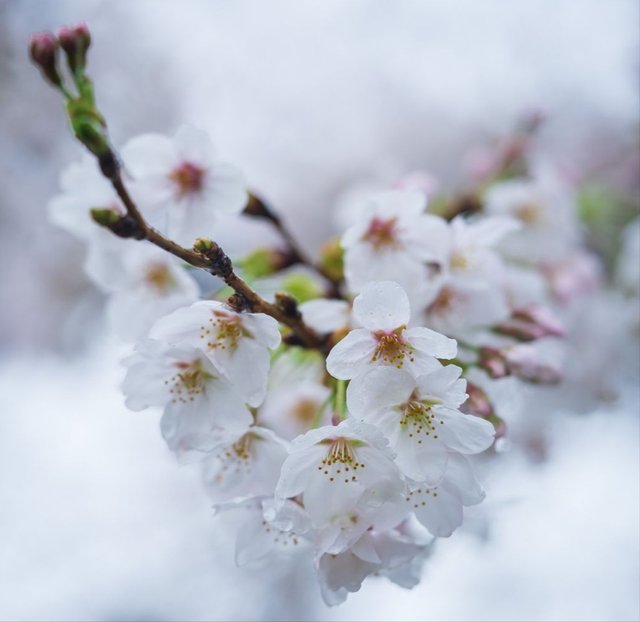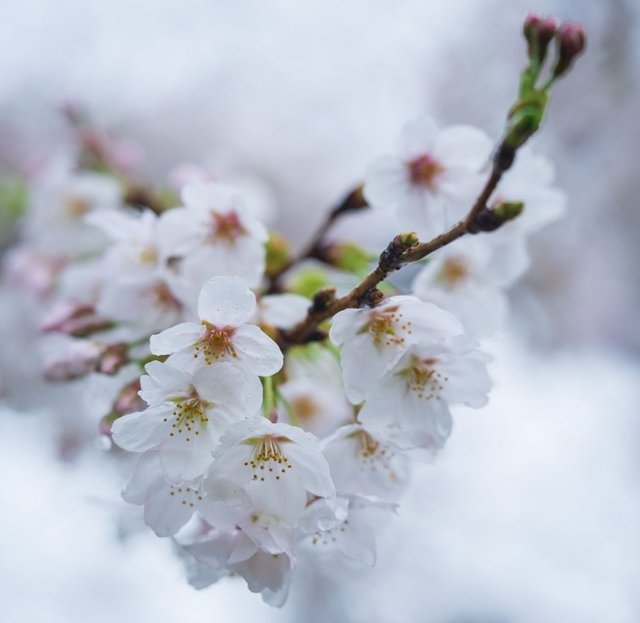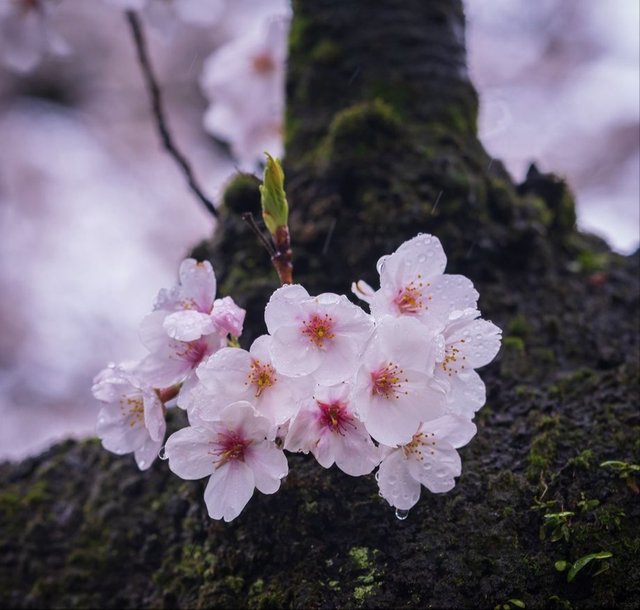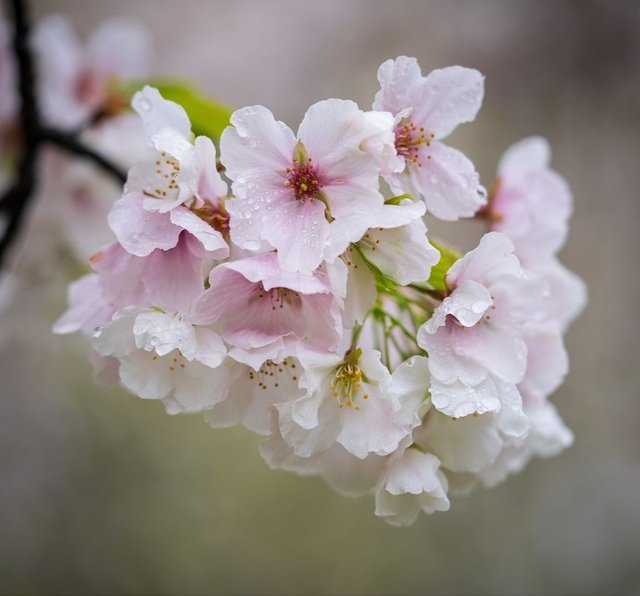The East Asian Cherry, scientifically known as Prunus serrulata, is a species of cherry native to China, Japan, Korea, and Taiwan. Renowned for its stunning display of blossoms, the East Asian Cherry holds significant cultural, aesthetic, and symbolic importance across East Asia and beyond.
Cultural Significance:Hanami Tradition: In Japan, the blossoming of cherry trees, known as sakura, marks the arrival of spring and is celebrated through the centuries-old tradition of hanami, which translates to "flower viewing." During this time, people gather in parks and gardens to admire the beauty of cherry blossoms, enjoying picnics and festivities beneath the blooming trees.
Symbol of Transience: Cherry blossoms symbolize the transient nature of life in Japanese culture, reflecting the Buddhist concept of impermanence. The ephemeral beauty of the blossoms serves as a reminder to cherish each moment and appreciate the fleeting nature of existence.
Aesthetic Inspiration: East Asian Cherry blossoms have inspired various art forms, including painting, poetry, literature, and even fashion. Artists and poets often depict cherry blossoms as a symbol of beauty, purity, and renewal.
Botanical Features:Flowering Season: The flowering season of East Asian Cherry trees typically occurs in early spring, although the exact timing varies depending on the climate and location. The blossoms last for about one to two weeks, creating a spectacular display of delicate pink or white flowers.
Varieties: There are numerous cultivars and varieties of East Asian Cherry trees, each with its unique characteristics in terms of flower color, size, and shape. Some popular cultivars include 'Somei Yoshino,' 'Kanzan,' and 'Kwanzan.




Thanks For Reading
Device Information
| Device | Redmi Note 10 Pro |
|---|---|
| Lens | 64 mp |
| Location | Bangladesh |

Congratulations @mitukulsum03. You received an upvote from @supportive.
Downvoting a post can decrease pending rewards and make it less visible. Common reasons:
Submit